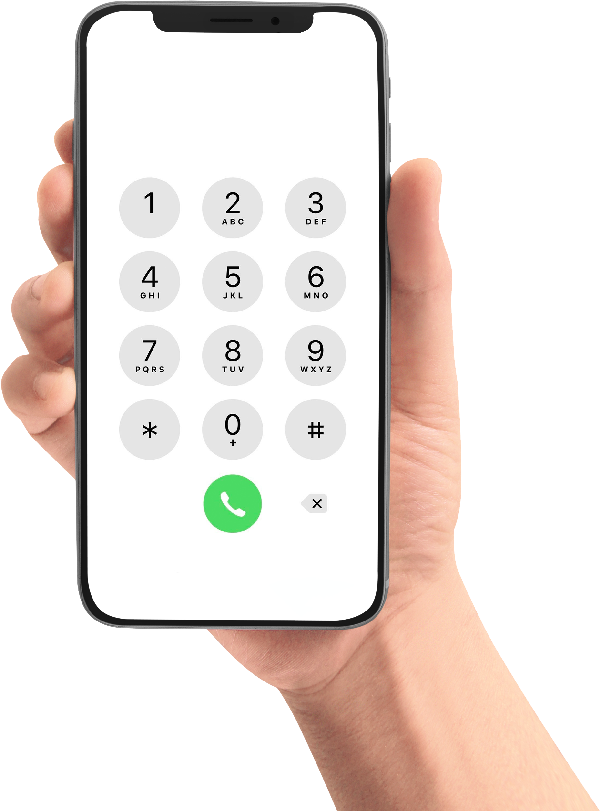Relatório de Cibersegurança 2020 da ManageEngine
Um olhar para as ameaças cibernéticas em evolução e seus impactos nas indústrias
A segurança cibernética se tornou uma parte vital do mercado atual. Novas ameaças estão sendo implantadas constantemente e visando empresas, o que significa que as equipes de segurança cibernética precisam estar vigilantes para cuidar da rede corporativa e manter seus negócios protegidos contra violações de dados imprevistas.
Para construir uma estratégia de segurança cibernética eficaz, precisamos primeiro entender as ameaças existentes e as estratégias de segurança que as organizações usam para mitigá-las. Nós da ManageEngine conduzimos uma pesquisa recente para estudar várias abordagens em relação à segurança cibernética. Nossa pesquisa, intitulada "Uma análise da evolução das ameaças à segurança cibernética e seu impacto nos setores", teve como alvo profissionais de segurança de TI globais nos setores público e privado.

The recent increase in cyberattacks
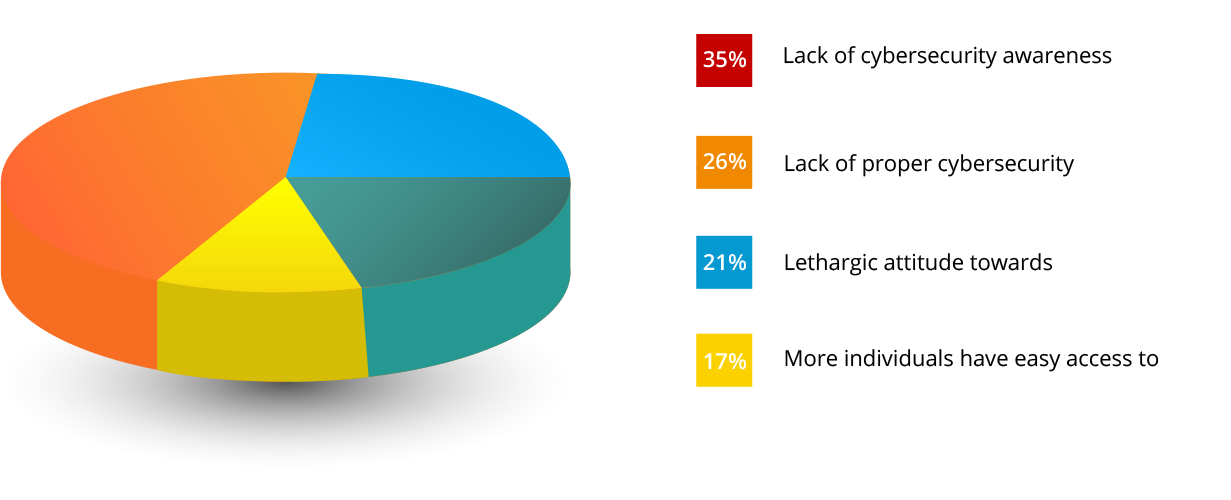
Digital transformation and easy access to the internet have greatly benefited our society, but they've also contributed towards the evolution of cyberattacks. In our survey, 35 percent of professionals showed a lack of cybersecurity awareness, and 26 percent lack proper cybersecurity controls.
Business impact

Attack methods vary based on the attacker and the security of the target network, businesses can be affected in different ways by cyberattacks; they could suffer productivity loss, financial loss, damage to brand name or reputation, and more.
Source of cyberattacks
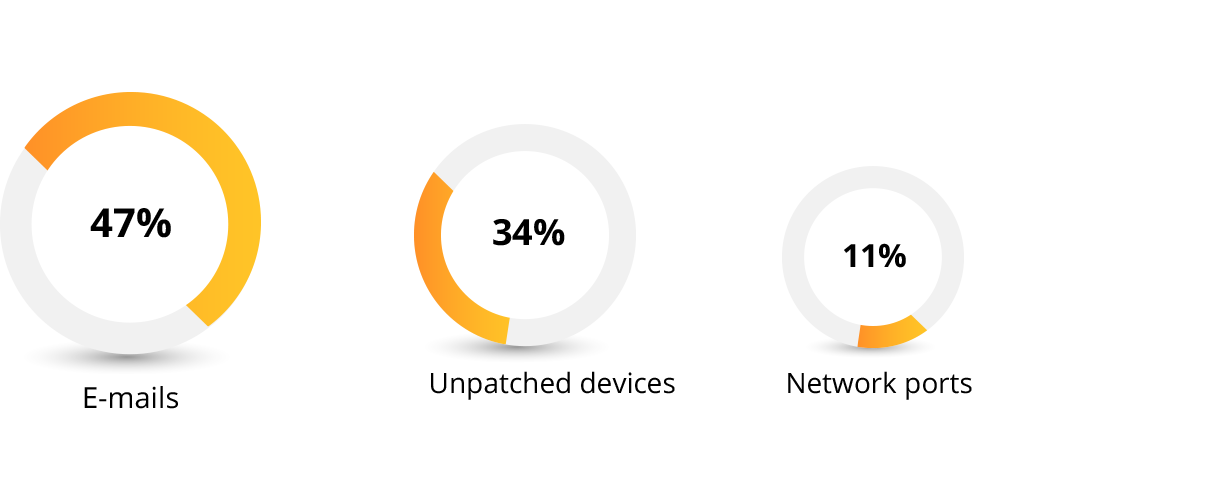
The scope and source of cyberattacks is quite vast due to widespread internet access and constantly evolving techinology. However, during our study, we were able to identify a few prominent areas where cyberattacks typically penetrate corporate networks. Emails are the top source of cyberattacks, followed by distributed devices.
Vulnerable devices in a corporate environment

Organizations utilize many different types of devices, and securing all of them from external threats can be demanding, but cybersecurity professionals should focus on securing the most critical and the most vulnerable resources first. Based on our cybersecurity research, servers, smartphones and laptops are the most vulnerable devices in a business environment.
Frequent cyberattacks
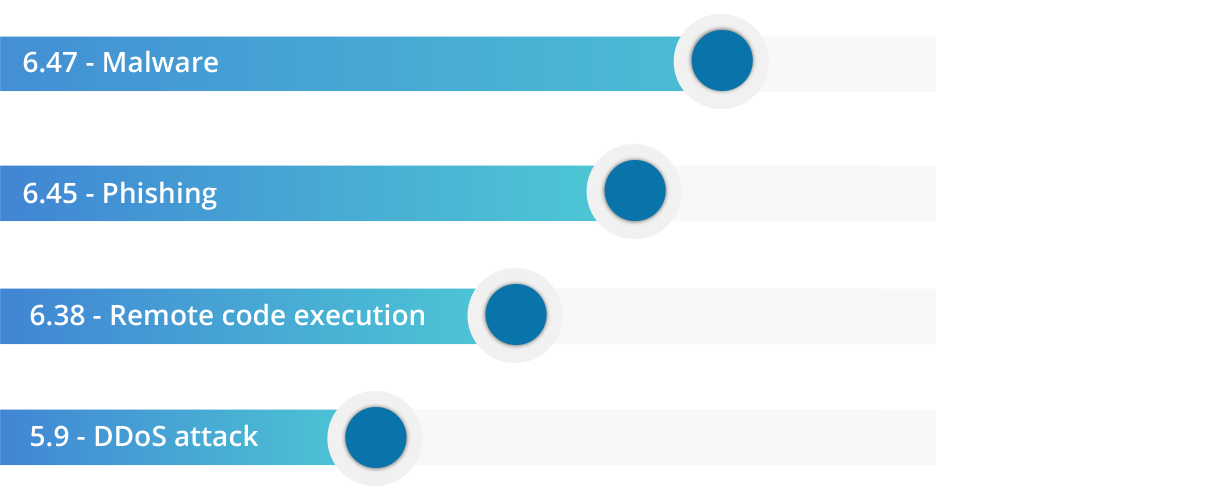
There are number of ways an organization's devices can be breached. Based on our study, malware and phishing are the most common cyberattacks occurring in the market. These types of attacks wreak havoc, affect productivity, and bring in unnecessary expenditure to a business.
Malware in a corporate environment
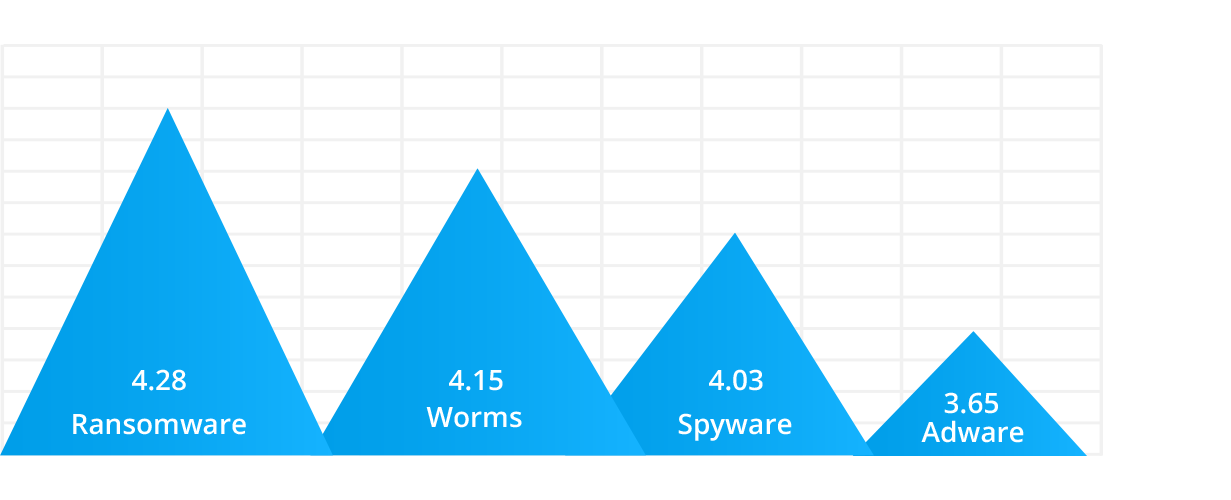
Since malware is a top concern for businesses in 2020, we wanted to identify the different types and their impacts on industries. We handpicked common types of malware like ransomware, trojans, worms, spyware, and adware to study their impact on businesses. Based on the results, we found that ransomware is the primary source of cyberattacks, followed by worms.
Ciritical security controls
Basic Security Controls
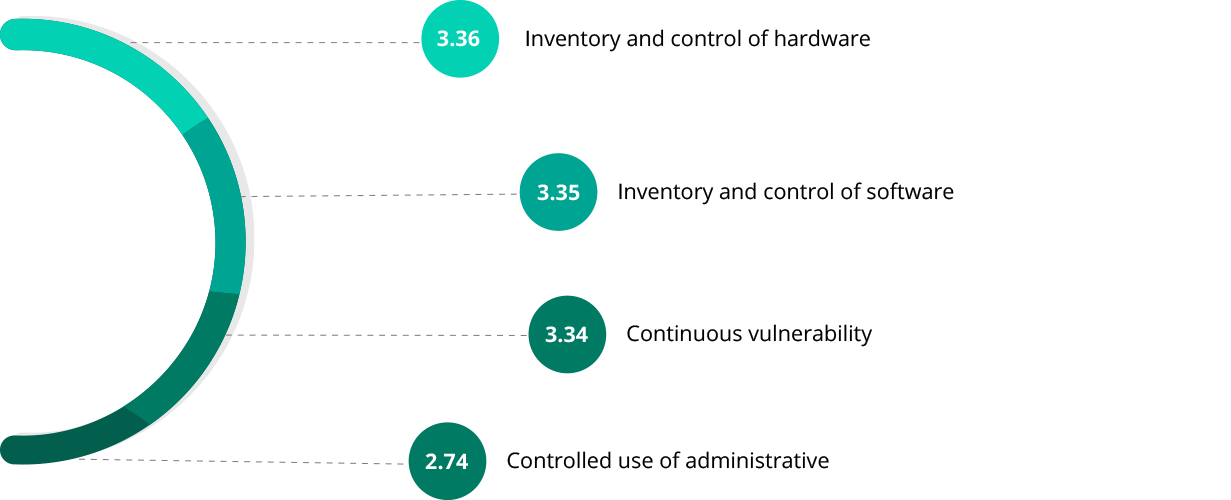
Businesses can overcome these cyber-challenges by establishing a few basic security controls for their business. To do that, they must understand their critical touch points and deploy the right controls to nullify cyberattacks. These security controls are based on the Center for Internet Security (CIS) framework, and, in our research, we identified inventory and control of hardware assets as the primary concern for a business, followed by inventory and control of software.
Foundational Security Controls
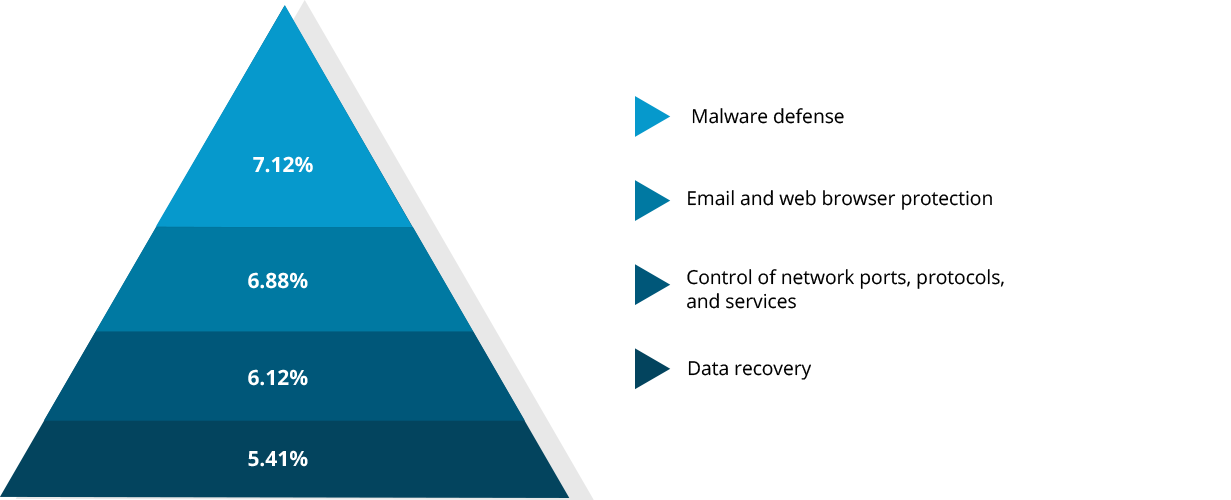
Understanding the importance of basic security controls, we also asked respondents about their current security needs. The results show that browser security is a priority for many businesses, as malware defense tops the list, followed by email and web browser protection.
Organizational Security Controls

That being said, organizational security controls play a critical role compared to basic and foundational controls; these other two levels of cybersecurity strategies aren't successful unless your C-level executives contribute to them equally. Below are our findings on organizational security controls and their expectations in the market.
Responsible Individual
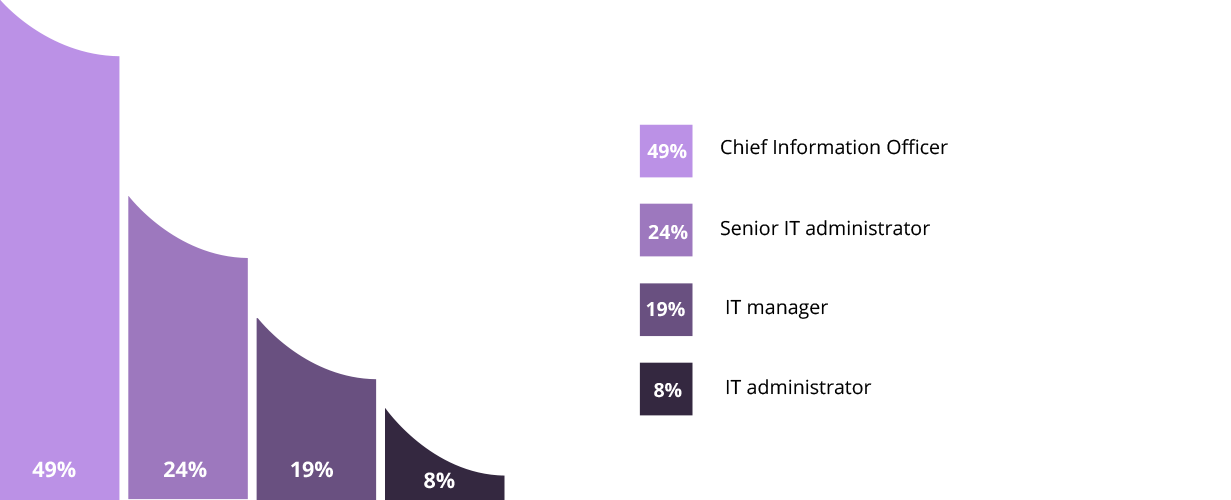
After understanding cybersecurity challenges and procedures, it's time for implementation, which can be a demanding task. Typically, the Chief Information Officer (CIO) will develop and implement a cybersecurity strategy, while the senior IT administrator will help facilitate it.
Strategy
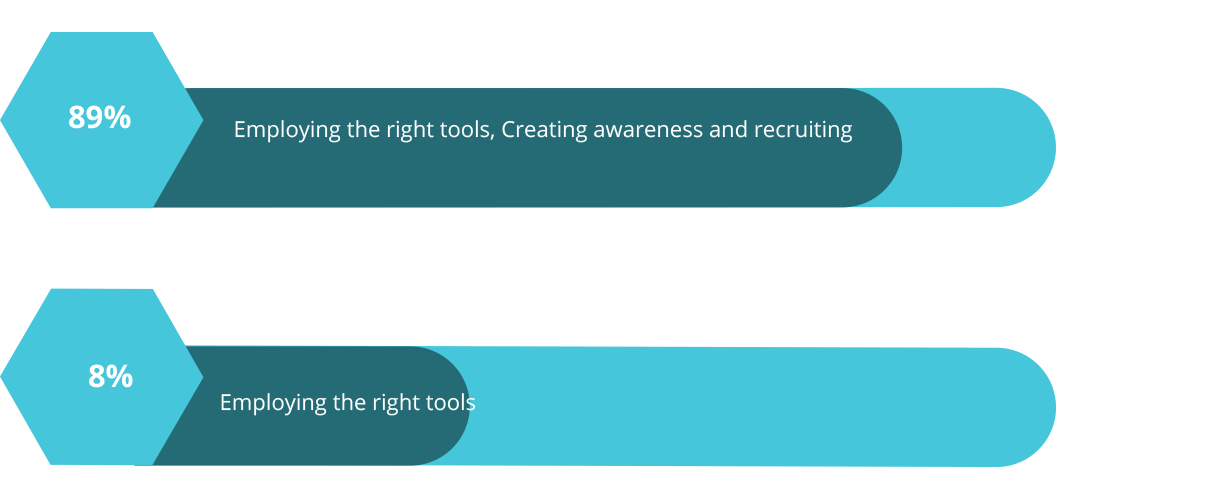
Once these security controls are ready to be implemented, the next step is to understand what factors to consider for improving the enterprise's overall security. According to our research, it's a cumulative decision that depends on employing the right tools, creating awareness, and recruiting skilled cybersecurity professionals.
Implementation
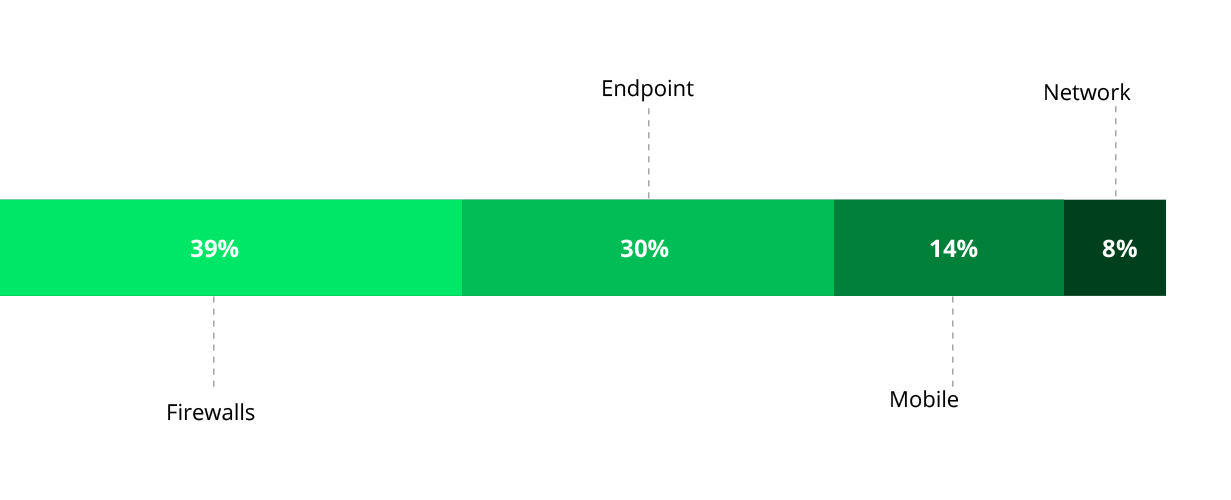
Corporate networks consist of servers, desktops, laptops, and mobile devices, all of which can fall victim to cyberattacks if targeted. Based on our study, we identified the best place to start implementing controls are firewalls, followed by endpoints.
Mobile Security
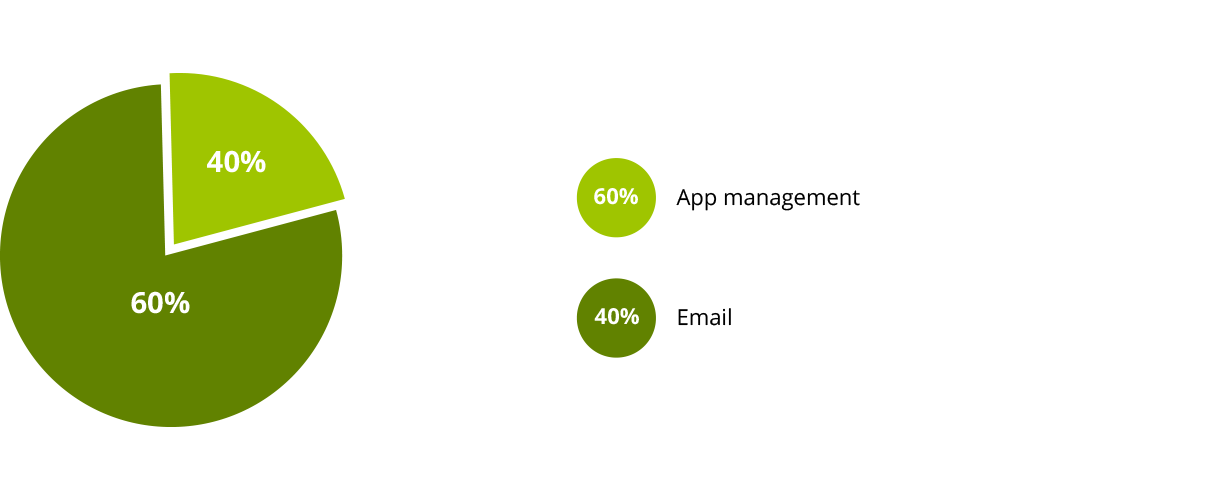
When it comes to mobile device security, the primary concern is email security management, followed by app management.
Server Security
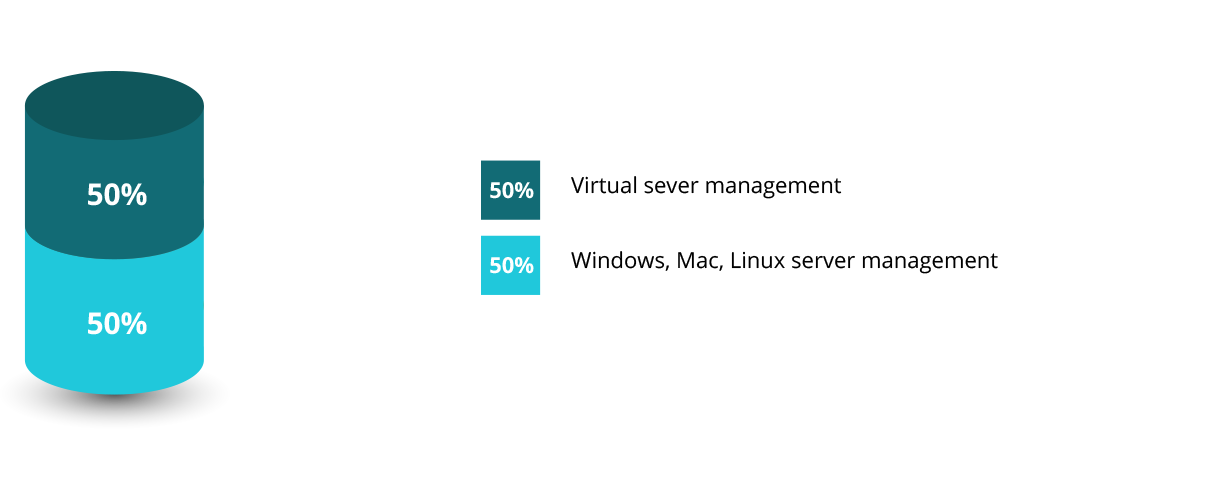
Moreover, when it comes to server security management, virtual server management is a primary concern for cybersecurity.
Implementation
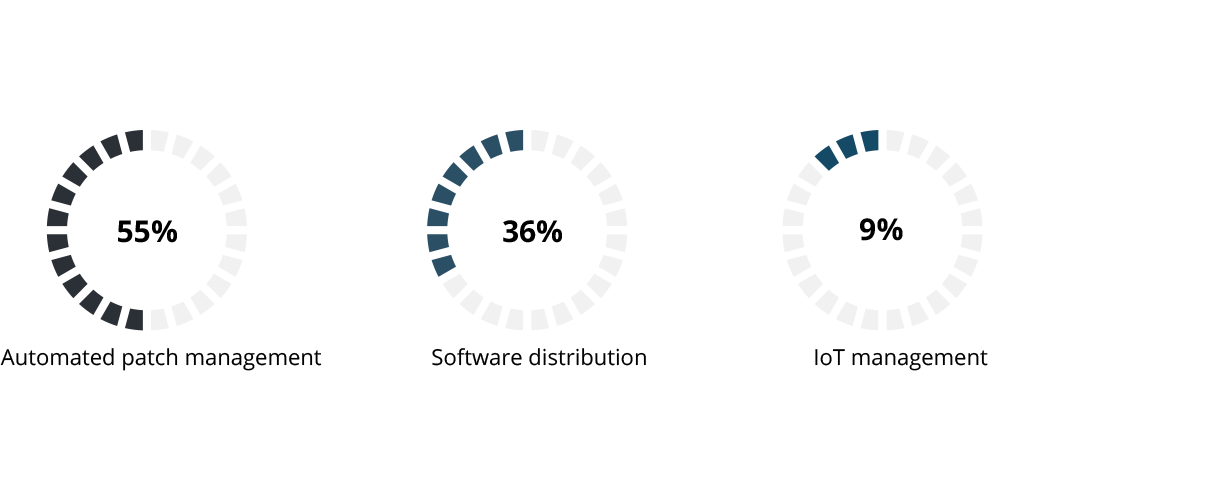
Unified endpoint management is another interesting field of research; almost all types of devices are included, but the primary concern for security professionals regarding endpoints is automated patch management, followed by software distribution, then Internet of things (IoT) management.
Cybersecurity
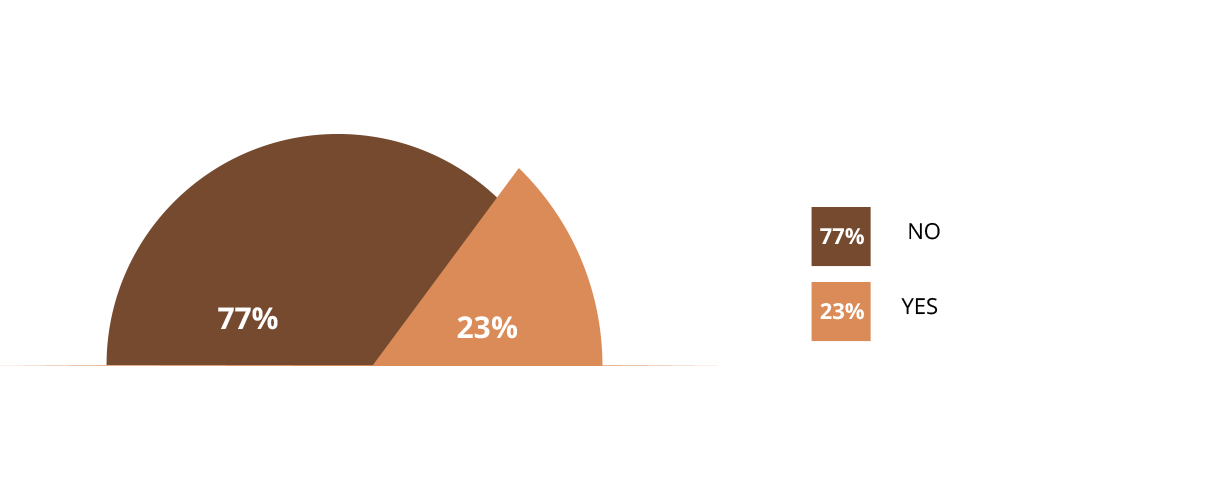
Above all else, the research and data we obtained showed that only 27 percent of businesses have the above mentioned critical security controls in place, and 73 percent of them have yet to deploy and implement them.


